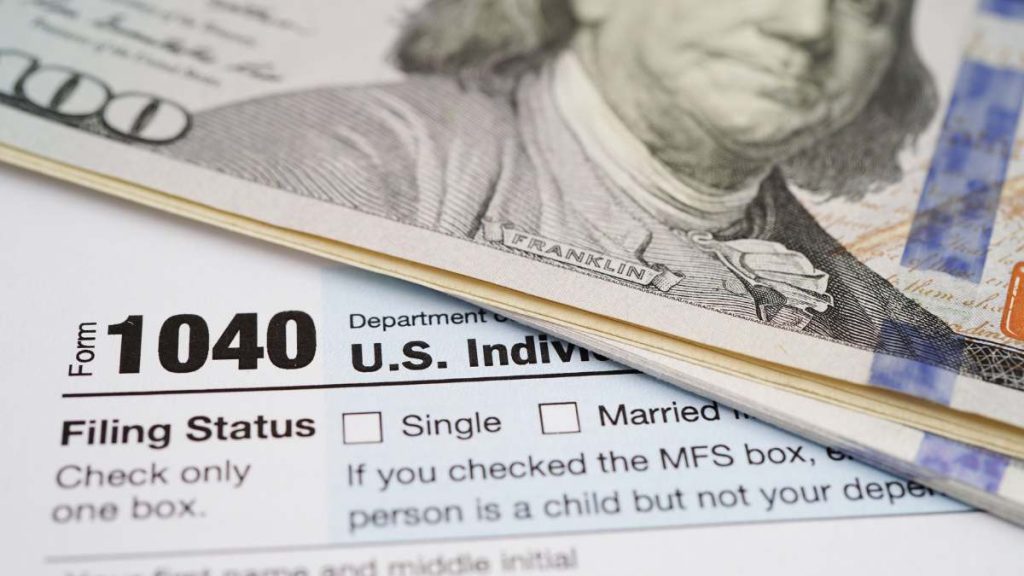If you’re getting ready for the 2025 tax roll, don’t worry, I’ll tell you without boring twists or technicalities. First, the key dates: the season started on January 27 and the deadline for most is April 15 (the classic day when we all run like crazy). If you live outside the country, you have until June 17, and if you request an extension, you can extend it until October 15 (note: that is only to file, not to pay what you owe… the IRS does not give anything away).
And a detail: Presidents’ Day weekend will be a chaos of calls to the IRS. So, if you have doubts, better Google their website. The lines will be more saturated than a subway during rush hour.
Deadlines, Tips, and Key Changes for the 2025 Tax Season
The average this year is $2,065, about $324 more than in the previous fiscal period. If you use direct deposit, the figure rises to $2,165. It’s nothing to get excited about, but it’s something. Of course, it is the first increase in the second week of declarations since 2022, when refunds rose by about $400. After that, they were in a tailspin, so at least it’s a respite. The reason? Nobody says it, but surely inflation and some mysterious fiscal adjustment have something to do with it.
As of this month, the IRS has received 23.5 million returns and has processed almost all of them (only 74,000 are missing, which are surely those of that neighbor who always leaves everything until the last day). They have sent out 8 million refunds, half a million more than last year. But be careful: fewer people filed digital returns. Has paper fashion returned? Or do people miss the smell of ink and envelopes?
Recommendations to Improve Your Tax Returns Times
The agency made some important recommendations to make the process as simple and seamless as possible
- First: gather all your papers as if they were winning lottery tickets. Without receipts, W-2 or 1099, you risk the IRS sending you a little letter… and it’s not love.
- Second: declare all your income. Even what you made selling used clothes on Facebook Marketplace. No hiding that $50 your aunt gave you for helping her move.
- Third: forget about paper. File online with direct deposit. It’s fast, safe, and you save a tree (or at least don’t make the IRS office look like a dump). Fourth: if you earn little or are a student, use their free resources. Don’t pay an accountant if there are no-cost options. And fifth: if you get stuck, go to IRS.gov. You can check your refund, pay taxes or answer questions without spending 40 minutes listening to elevator music on the phone.
Will it affect your IRS refund? 75,000 government employees agree to “leave” with generous compensation
But… what’s up with that federal employee plan drama? It turns out that the Trump administration proposed an agreement for 2.3 million public workers to voluntarily resign (with 8 months of pay and benefits). The idea was to reduce the workforce by between 5% and 10%, but a judge stopped it cold last week… although then the court said “okay, let’s continue.” In the end, 75,000 workers accepted (only 3%, so it’s not the apocalypse). And how does this affect the IRS? Employees who accepted the deal will stay until May 15, just after the tax deadline.
Those in critical areas (such as customer service or technology) cannot leave until May, and the rest will begin paid leave on March 1. Translation: The IRS promises this won’t impact tax season. In other words, “don’t worry, even if some leave, we’re still fighting here.” Of course, if the IRS app is stuck more than normal, you know why.
By 2025, expect more of the same: stress, jammed phone lines, and the IRS begging you to use their website instead of calling. If the purchase plan does not reduce enough staff, the White House talks about layoffs, but for now everything remains the same. Your refund should arrive in 3 weeks… if you presented everything correctly. If not, get ready for the classic “where is my money?” and check your email every 5 minutes.
